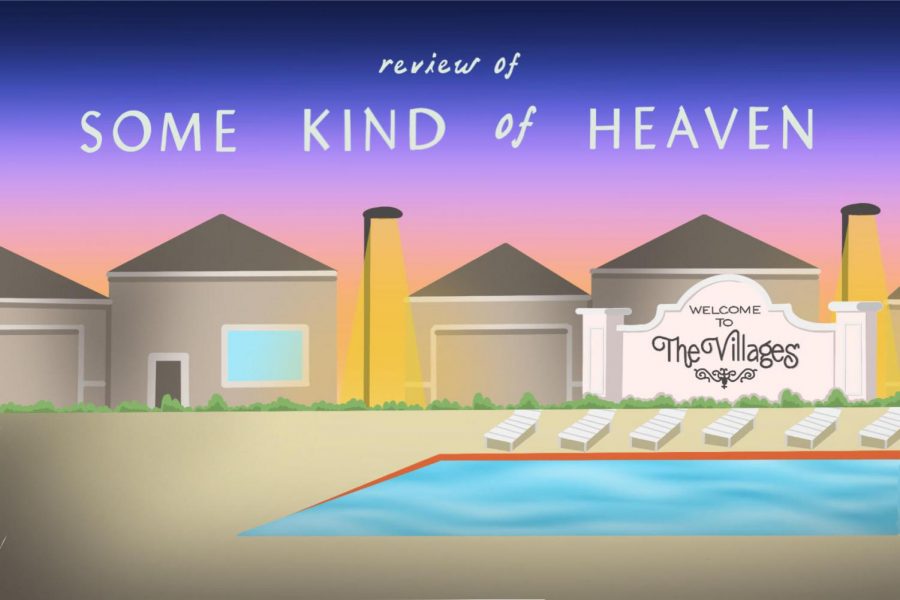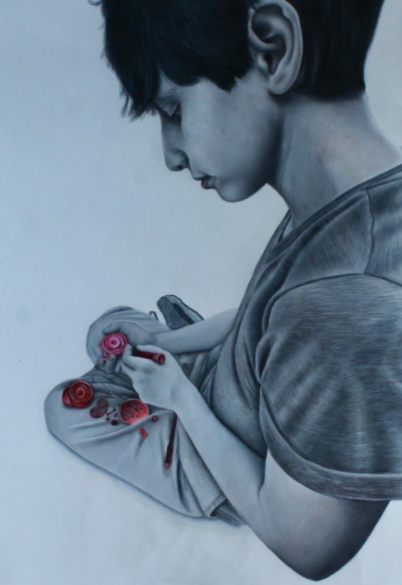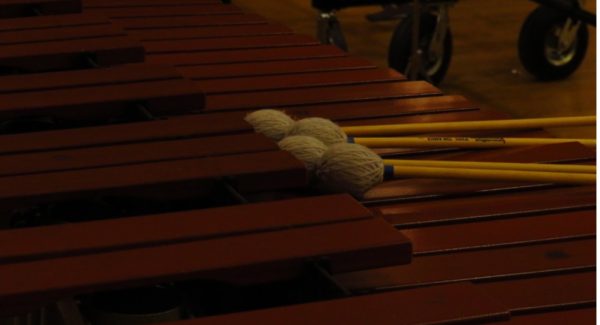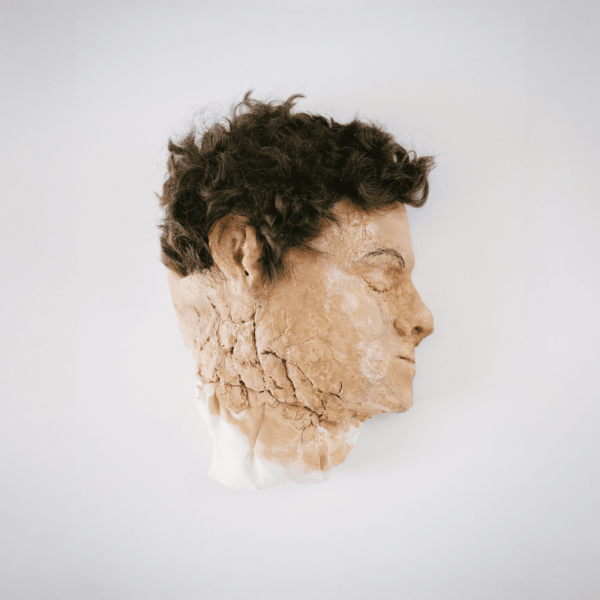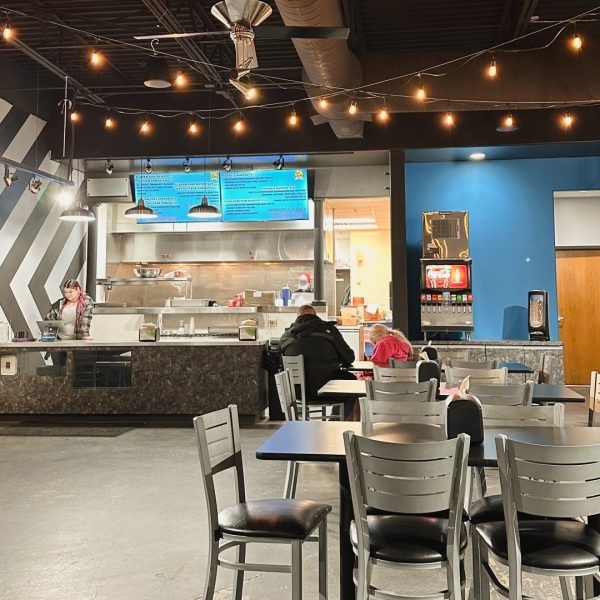“Some Kind of Heaven”; or the Complex Nature of Living in Paradise
Lance Oppenheim’s debut feature-length documentary “Some Kind of Heaven,” follows the lives of three senior citizens at “The Villages,” an amusement-park-sized retirement home in Sumter County, Florida,
When it comes to movies and documentaries, there are two things which always make a film stand out to me. The first, for a traditional, scripted movie, is when I forget that the characters I’m watching aren’t real; their actions are so human and well-written that they feel like living, breathing human beings. The second, for documentaries, is when the opposite happens: when I’m so invested in the lives of the real people I’m watching, that I forget they aren’t characters with scripted dialogue and a manufactured happy ending. Of all of the documentaries released in the last year, none has so greatly blurred the line between documentary and scripted drama for me as Lance Oppenheim’s debut feature-length documentary “Some Kind of Heaven.” Following the lives of three senior citizens at “The Villages,” an amusement-park-sized retirement home in Sumter County, Florida, the film tackles topics such as loneliness, what it means to be happy and the human experience, all in a visually stunning, incredibly unique and refreshing hour and twenty minutes.
It’s difficult to talk about “Some Kind of Heaven” without first bringing up its incredible cinematography and production design. When I say that this film is shot unlike any other documentary I’ve seen, I mean it. The entire film is packed full of over-saturated, vibrant pastels which really add to the “Disneyland paradise” facade that the documentary (similar to the retirement center itself) is going for. Everything from footage of The Villages’ town square to golf carts driving down the street is visually mesmerizing, and I couldn’t take my eyes off of what I was watching. I would be hard-pressed to find a single frame of the film which wouldn’t look good if it were framed and hung up on a wall, and I doubt there’s one in the entire documentary. In addition to the film’s incredible cinematography, its production design is also second to none. The old-timey aesthetic used for all of the title cards in “Some Kind of Heaven” adds a layer of eeriness to the “over-the-top happy” tone that the film has, and without spoiling anything, it only gets better the darker the film becomes. Even the film’s score feels like a collection of “golden oldies,” which really shows how dedicated “Some Kind of Heaven” is to providing a cohesive, thematic experience throughout. I can’t say I was ever bored while watching the film, which is a tribute to how eye-catching all of it truly is.
Similar to the film’s cinematography, the editing in “Some Kind of Heaven” was equally impressive in making the film feel like a scripted drama as opposed to a documentary. Simple cuts between characters’ faces and objects around them were able to convey a lot about what the subjects were thinking – without the film needing to explicitly tell you anything – which I appreciated a lot. There was also a lot of humor to be found in the timing of cuts in the film, which, when combined with the perfectly symmetrical cinematography, made certain scenes feel a lot like a Wes Anderson movie to me. As for how the editing lended itself to the movie’s subjects, I was consistently impressed by how often simple choices seemed to bring out the personalities of people in the film. For one scene in particular, following an old man named Reggie, the film was edited to be incredibly psychedelic and trippy, something I never would have expected to see in a traditional documentary. Another scene, following a woman named Lynn, was excellent at emphasizing the loneliness she was feeling, which was both touching and heartbreaking to see on screen. While certainly unique, the film’s editing never felt gimmicky or distracting, which made it all the more enjoyable to watch. If anything, I’d love to see more documentaries edited in a “faux-scripted drama” style in the future.
Although “Some Kind of Heaven” is only an hour and twenty minutes long, there are still plenty of heavy, philosophical questions posed throughout the film. As so much of the movie is spent inside of The Villages, a place most people would probably consider paradise, the fact that the real people the film follows are so often questioning whether or not they’re happy is very telling to me. All of the subjects in the film seem “hollow” on the inside. They’re all either looking for love, purpose or friendship, and even though they’re surrounded by everything they could possibly want, they just can’t seem to find any meaning in it. In my opinion, “Some Kind of Heaven” is saying that “perfection,” in terms of simple, materialistic desires, doesn’t equal happiness: there’s more to it than that. Towards the end of the film, one of the characters remarks, “Comfort or freedom. You can’t have it both ways,” which I think is really telling of the central message of the movie. All of the subjects in the film seem to have gone to The Villages as an escape from reality, but that escape only lasted for so long. As time went on, the magic of The Villages started to fade, and “real life” caught up with them, which paralleled my feelings on the retirement home while watching the film. While I’ll never know exactly what the characters were thinking, their problems showcased are all so raw and human that I couldn’t help but feel connected to them on a deeper level. And, considering the film’s runtime, I’m impressed they were able to communicate so much in so short of a documentary.
Even though I’m decades younger than any of the people featured in “Some Kind of Heaven,” I can say without a doubt that I would recommend the film to just about everyone. There’s something so human, timeless and real about watching someone try to find their place in the world, and with a movie as touching and beautiful as this one is, you truly won’t be able to find an experience like it anywhere else.
”Some Kind of Heaven” is available for streaming through FilmStreams @ home, found here.
Your donation will support the student journalists of Omaha Westside High School. Your contribution will allow us to purchase equipment and cover our annual website hosting costs.
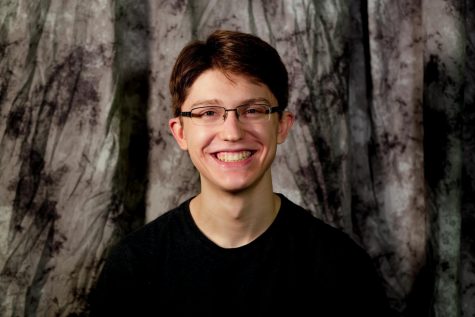
Hi, my name is Will Eikenbary! I am a Journalism Hallway Coordinator working on Westside Wired this year. I am currently a senior and this is my fourth...


